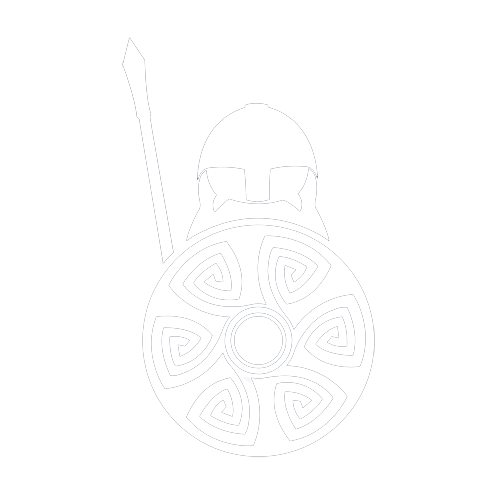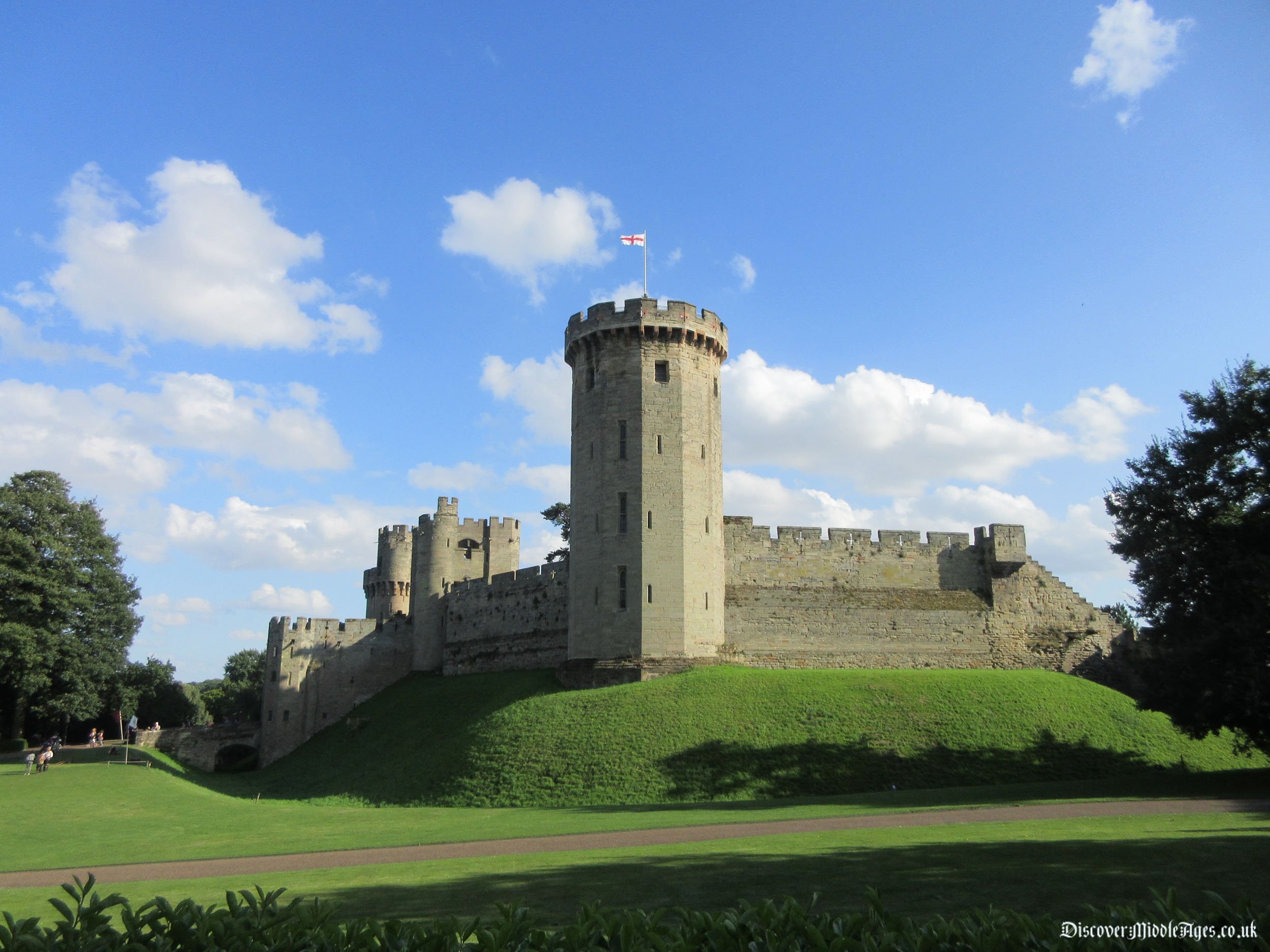Warwick Castle
Warwick Castle lies in the heart of the ancient kingdom of Mercia, on a bend on the River Avon. It was originally the site of an Anglo-Saxon burgh, constructed by Æthelflæd, daughter of Alfred the Great in 914. Later, the norman invader William the Conqueror, rebuilt the burgh into a timber Motte and Bailey Castle in 1086. It's location was ideal to secure supply lines and trade routes to the north. During the 12th century, Warwick Castle was rebuilt in stone.
The Origins of Warwick Castle
William appointed Henry de Beaumont (Newburgh), the son of a powerful Norman family, as constable of the castle. In 1088, Henry became the first Earl of Warwick, a title created by King William II Rufus. He founded the Church of All Saints within the castle walls by 1119. The Bishop of Worcester, believing that a castle was a poor location for a church, removed it in 1127–28. Warwick Castle was used to hold provisions during the barons' rebellion of 1173–74, where the Earl of Warwick remained loyal to King Henry II.
Guy's Tower at Warwick Castle
The Beauchamp family spent vast sums fortifying Warwick Castle. Guy's Tower was built in 1395, and is the largest of Warwick's towers. It has a polygonal shape, which is a rare 12-sided design and stands 39m high.
Guy's Tower would have had comfortable furnishings within its 5 storeys, offering suitable rooms for visiting nobles. At the top of the tower, parapets hide the machicolations in the floor, where boiling oil, stones or foul material could be thrown down onto attackers!
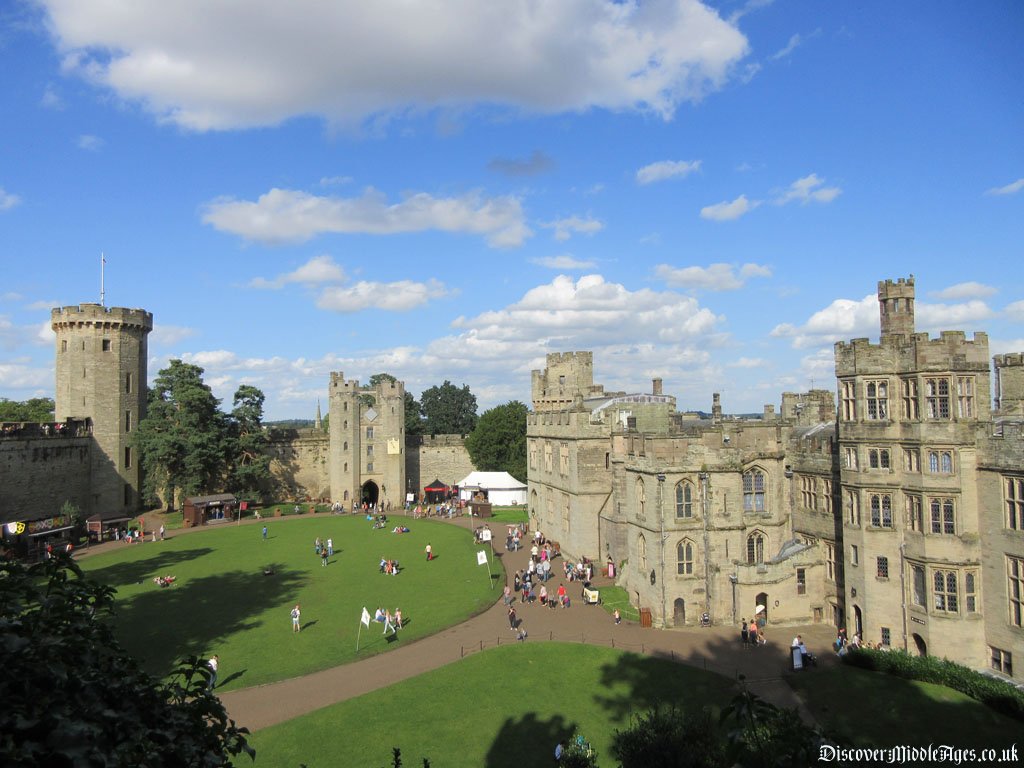


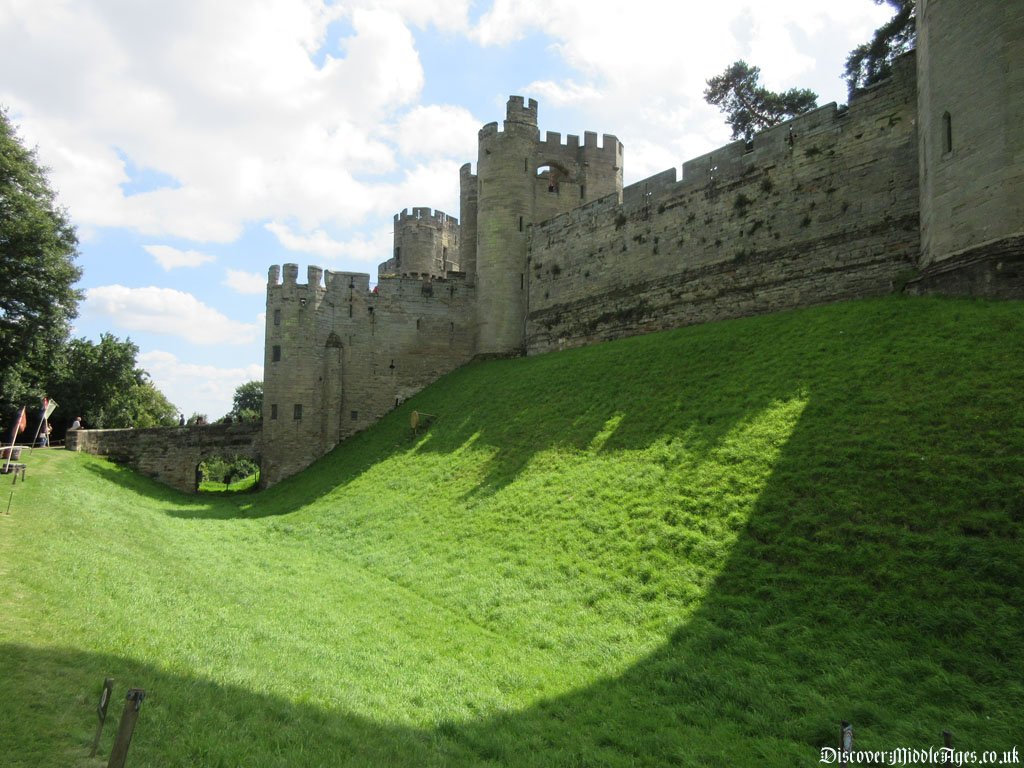
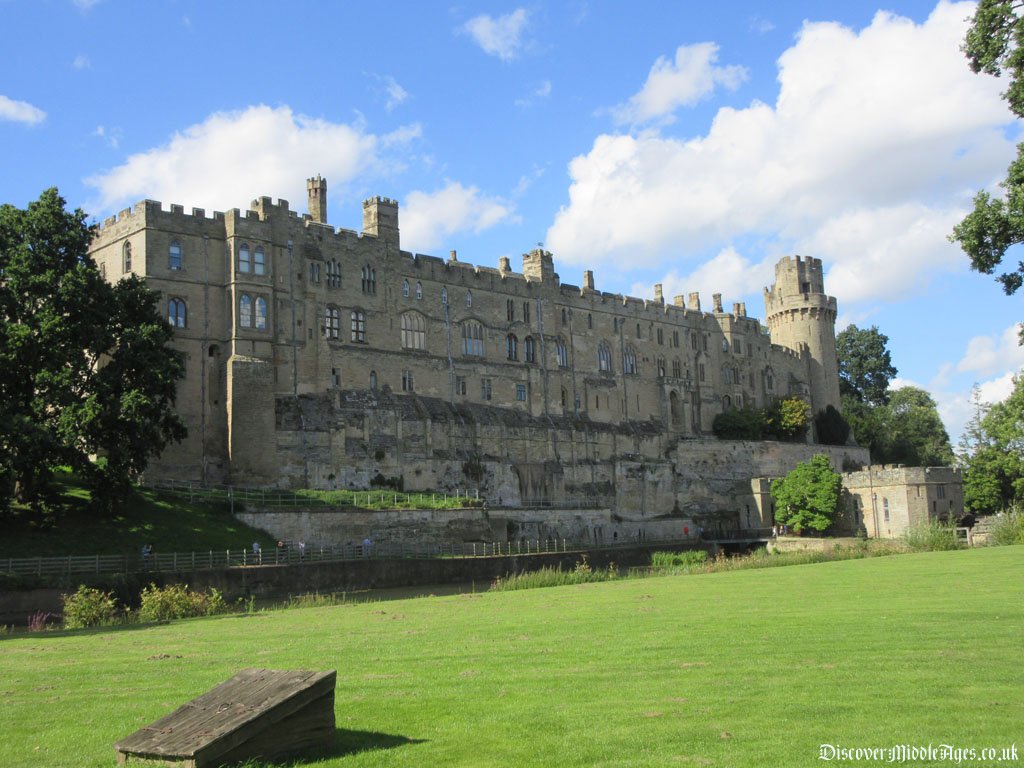
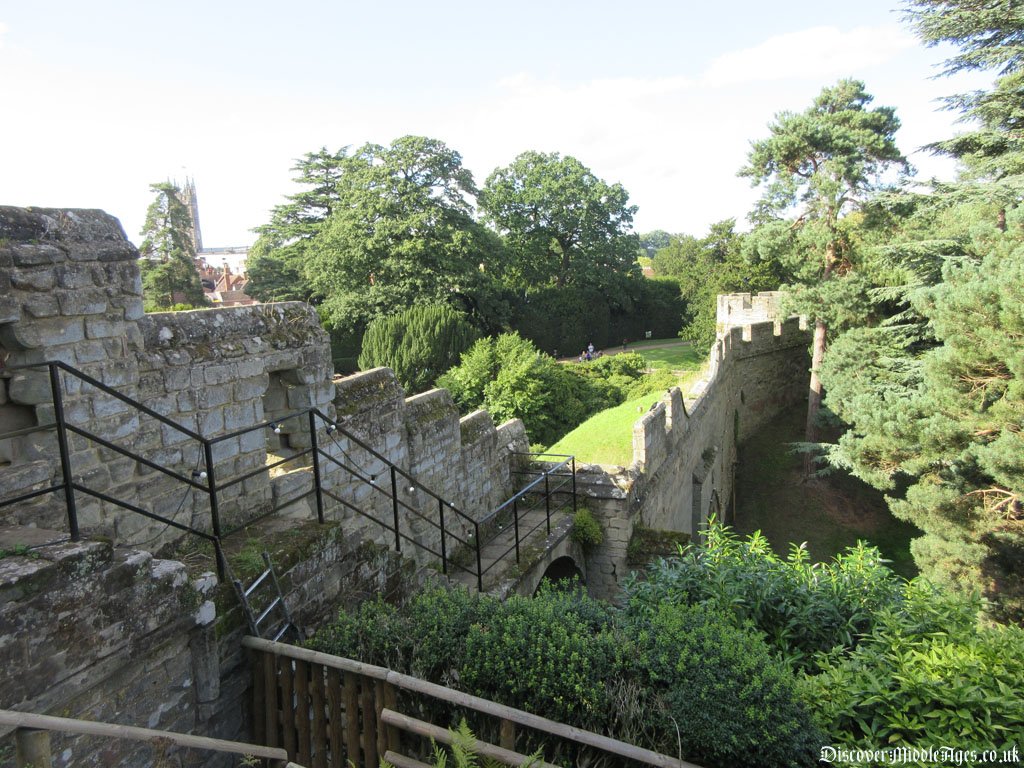
In 1194, the town of Warwick was thriving. The driver behind the growth was Warwick Castle itself, which had just received a licence to hold jousting events. The jousting is still being performed to an entertained crowd today! The Great Joust, as the castle refers to it, runs most days though the summer. The event includes a reenacting of the War of the Roses, including Richard Neville, Warwick the kingmaker, and his relationship between the great Houses of York and Lancaster.
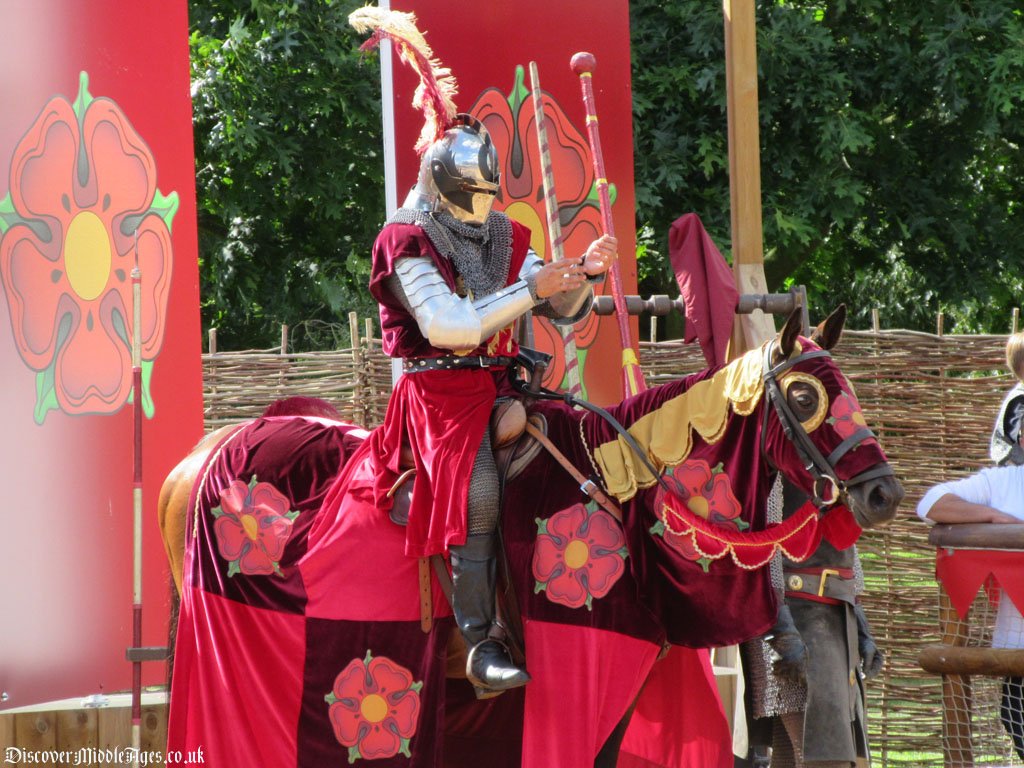
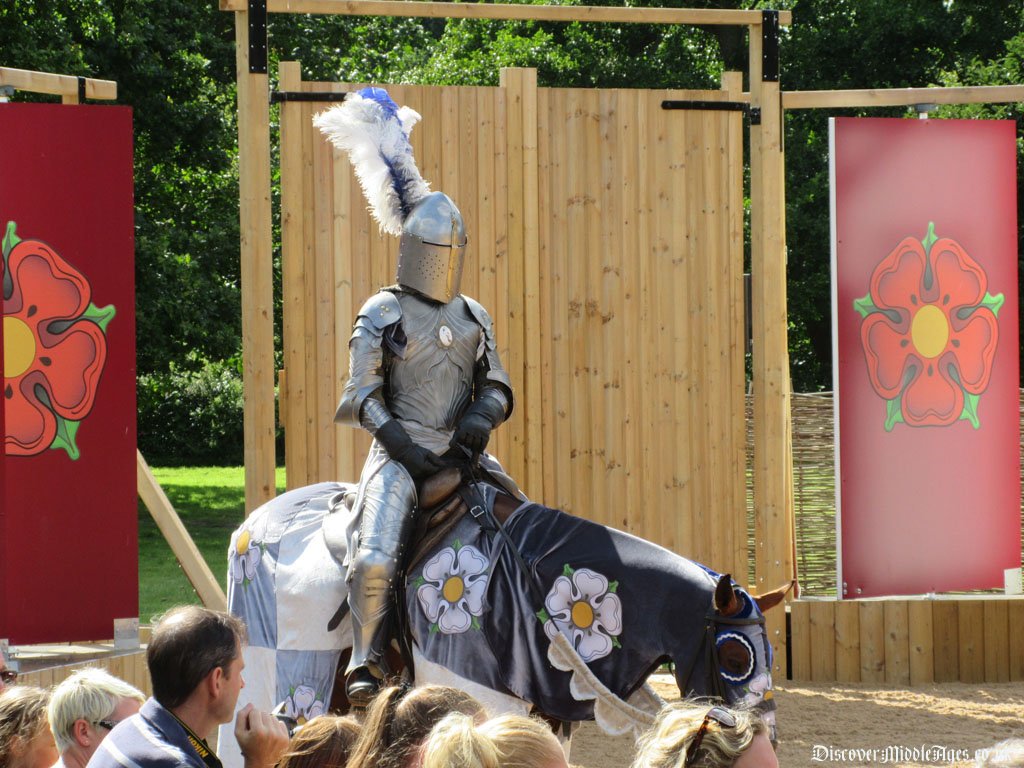
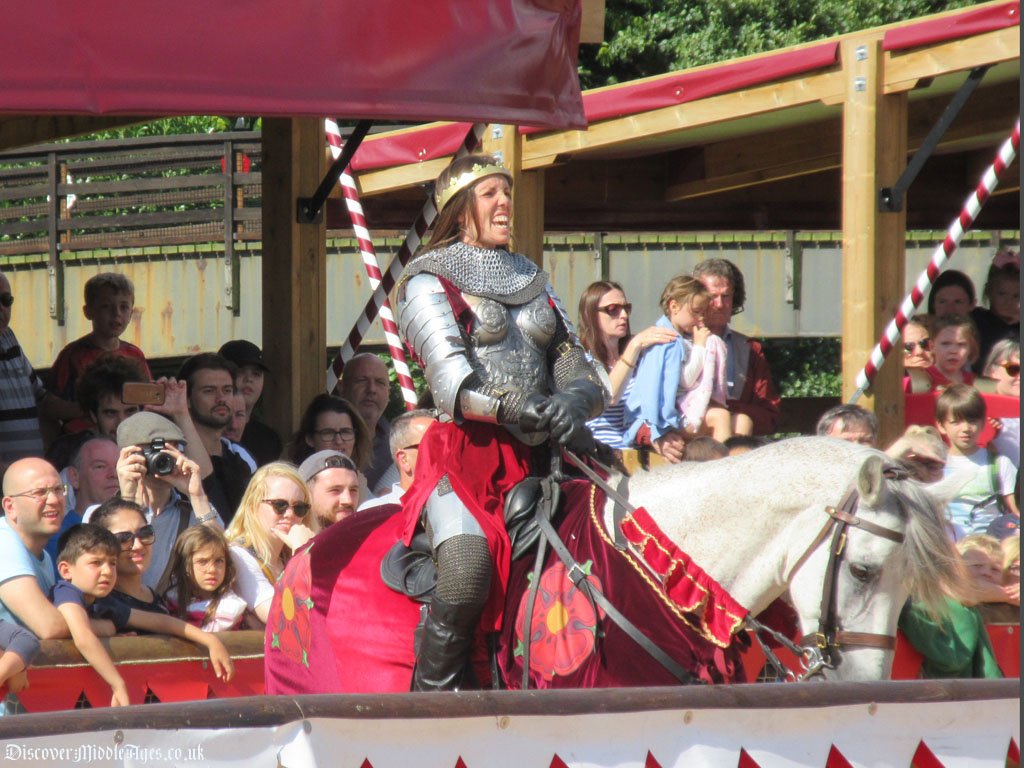
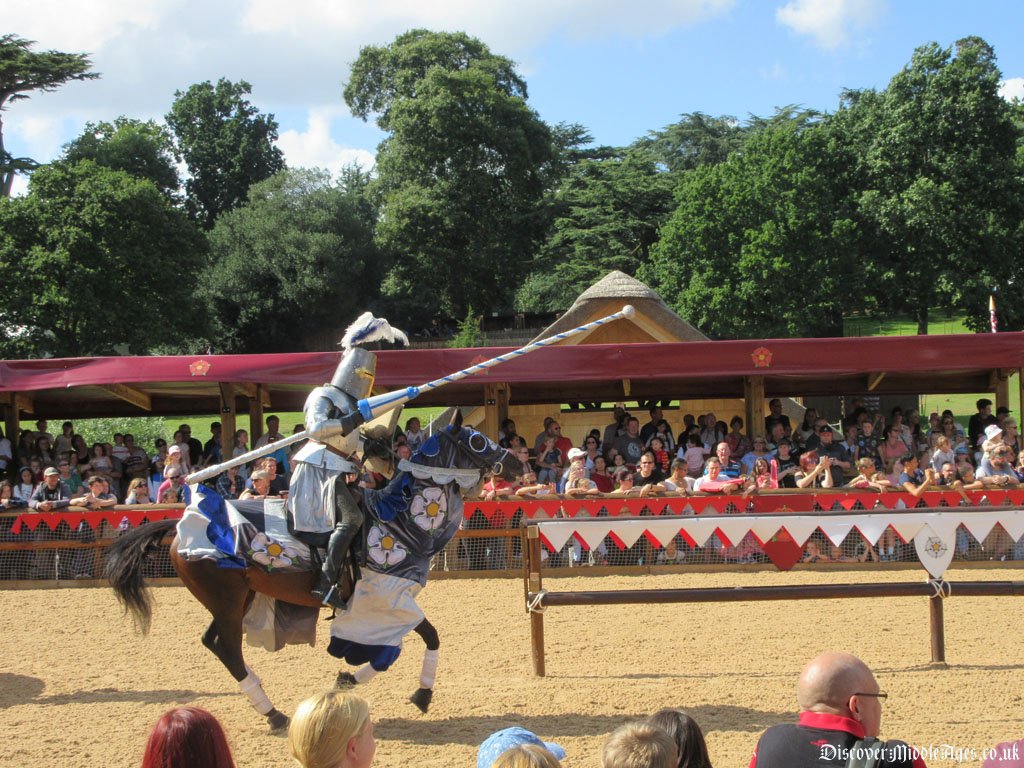
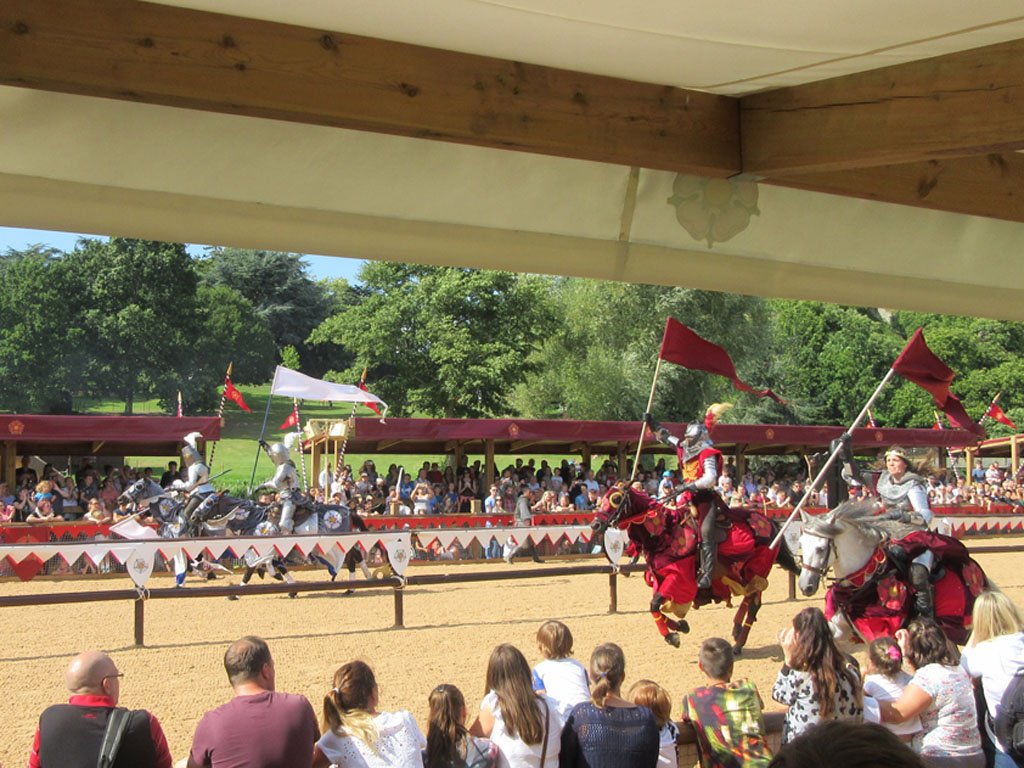
Warwick Castle also features the world's largest working siege engine, the Trebuchet. It is 18 metres tall and weighs 22 tons. It is loaded and released daily through the summer. A tremendous sight to witness!
Warwick castle and associated lands were passed down through the Beaumont family until 1242. Thomas Beaumont's sister, Lady Margery, became the next inhabitant. But while she looked for a suitable husband, King Henry III took temporary ownership. Soon after her marriage to John du Plessis, the king returned Warwick castle back to Lady Margery. However, their marriage remained childless, and in 1263, Warwick Castle passed on to Lady Margery's cousin, William Maudit.
Warwick Castle in the Second Baron's War
During the Second Barons' War of 1264–67, William Maudit, 8th Earl of Warwick lost the castle. William supported King Henry III during the war. But the notorious rebel Simon de Montfort, 6th Earl of Leicester, who lived in the nearby in Kenilworth Castle, launched a surprise attack. The walls suffered major damage during the siege, and rendered Warwick Castle unfit to be of use to the king. William was then imprisoned in Kenilworth castle until a ransom was paid.
Warwick Castle and the Ordainers
On William Maudit's death, Warwick Castle passed down through generations of the Beauchamp family, for 181 years. William Beauchamp became a military commander under King Edward I, and was followed by his son, the Ordainer, Guy Beauchamp. The Ordainers set about imposing controls over the way the king raised revenue and governed the kingdom.
Guy Beauchamp and the Ordainers held the king's lover, Piers Gaveston, captive at Warwick Castle in 1312. They believed Gaveston had too much power over his lover, King Edward II. After a quick trial in the Great Hall, Gaveston was beheaded in Blacklow Hill, just outside the castle.
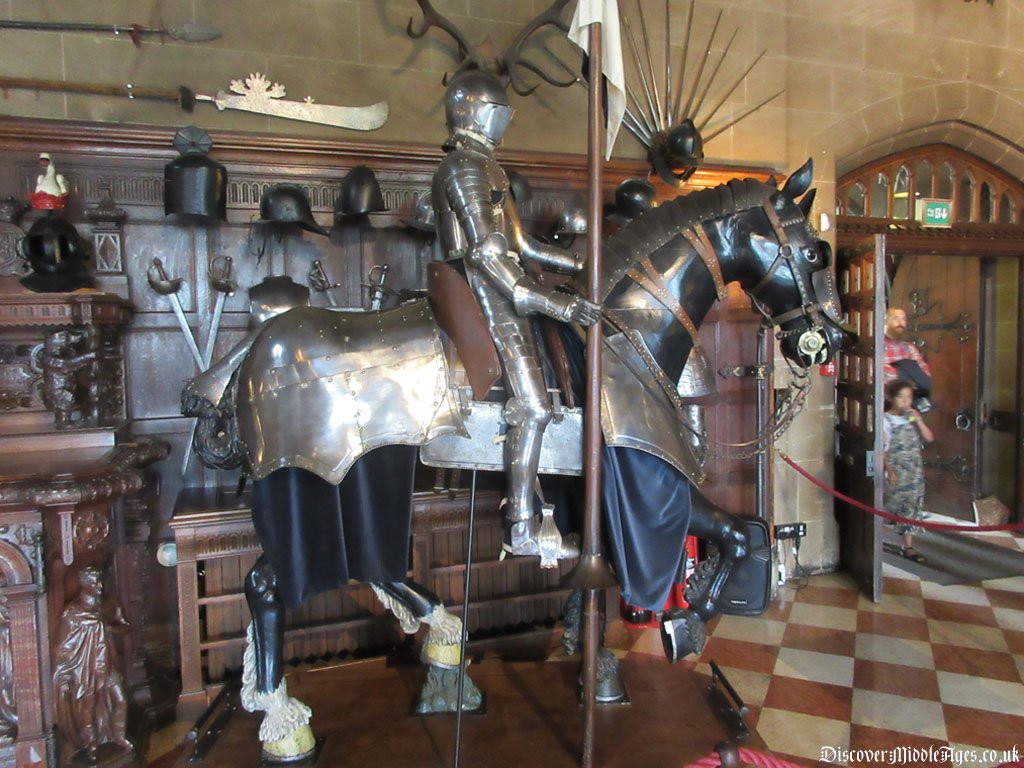
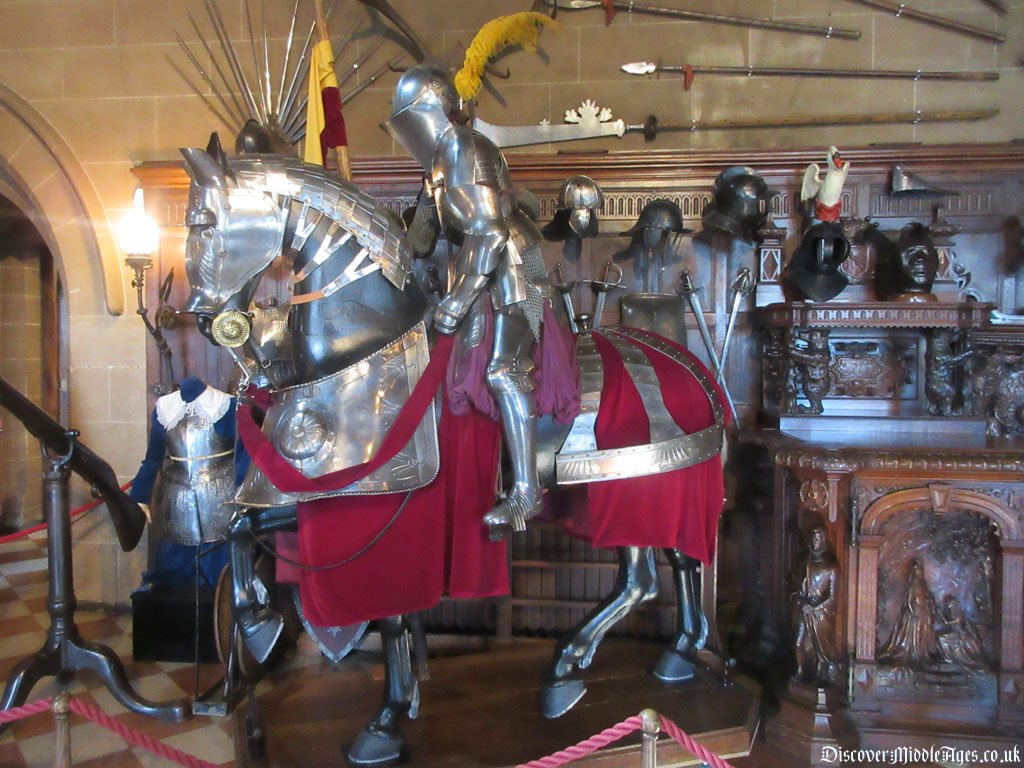
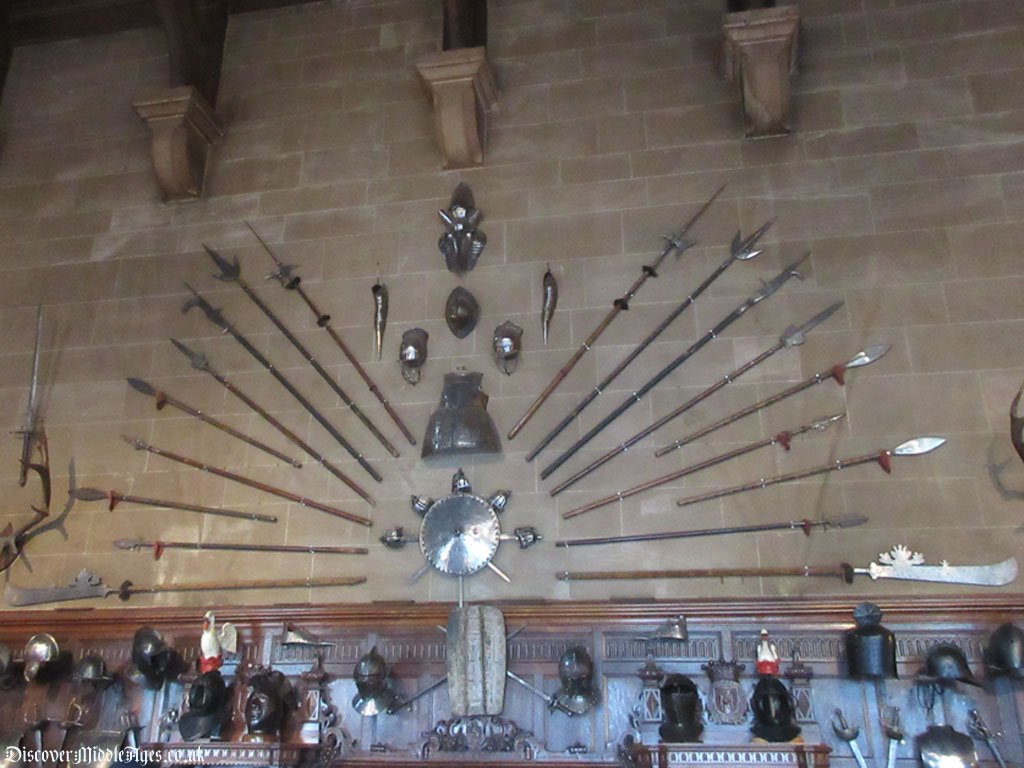
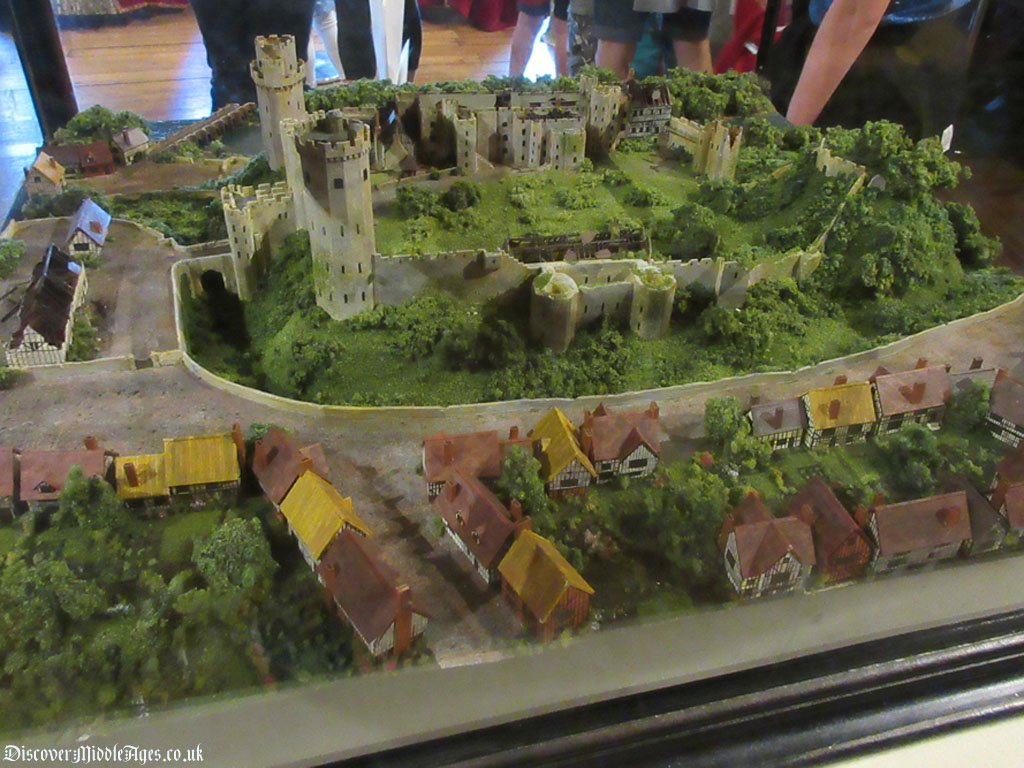
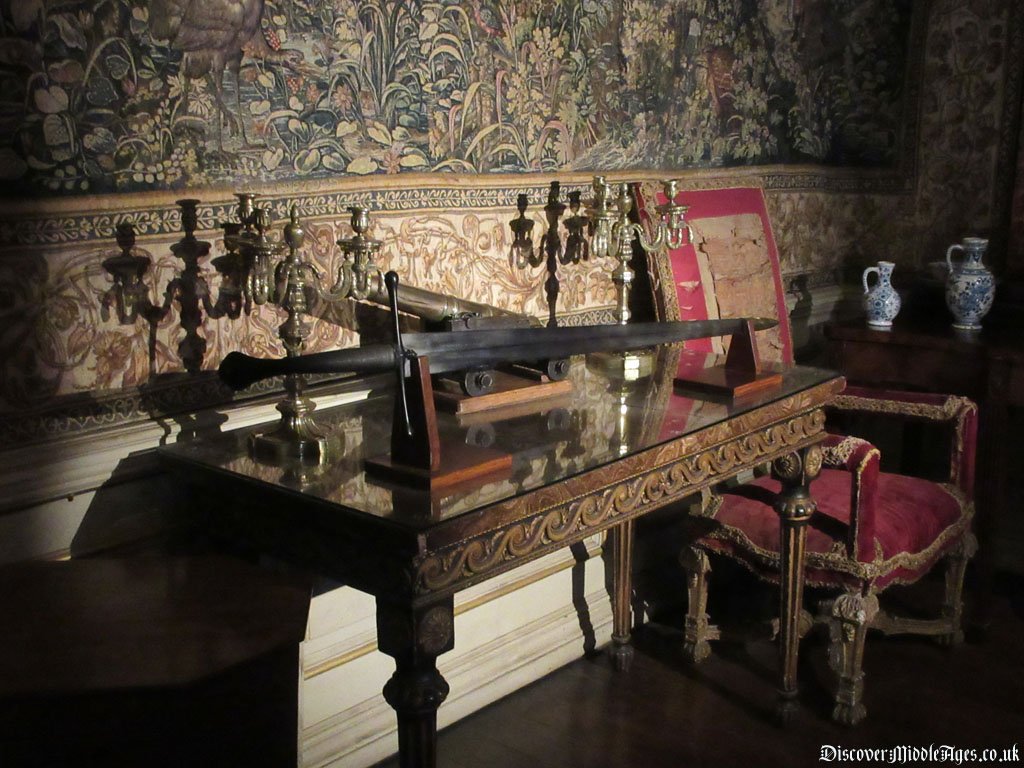
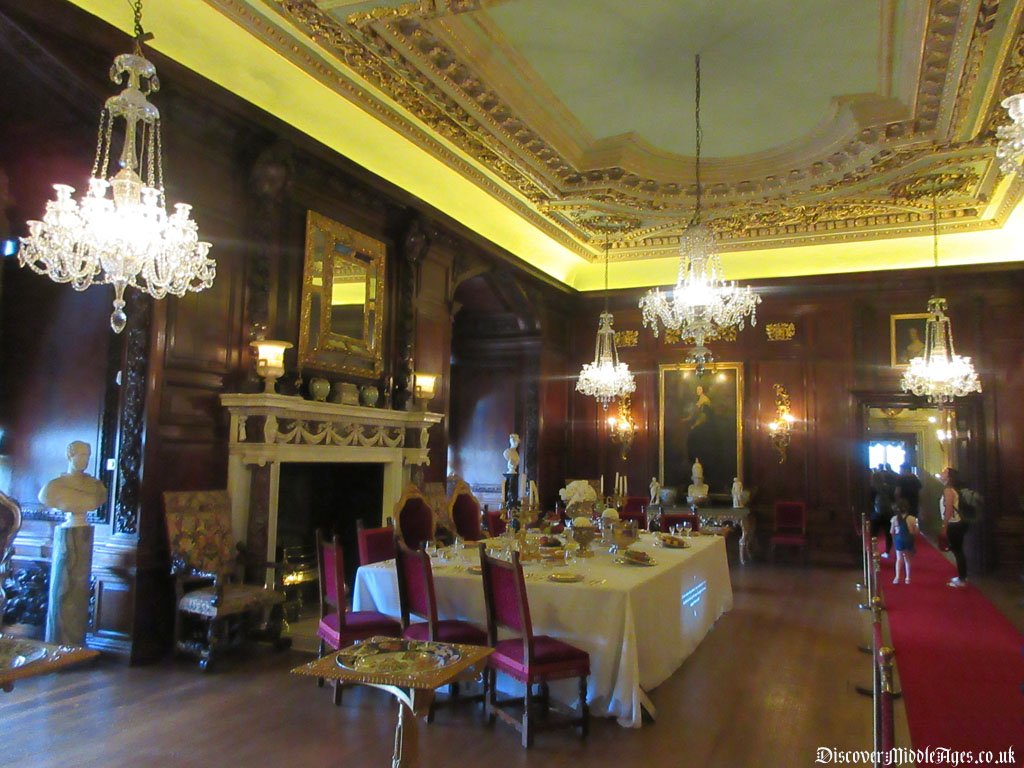
The Beauchamps
Thomas I Beauchamp, Thomas II Beauchamp and Richard Beauchamp would all inherit Warwick. Thomas I fought at the Battle of Crecy in 1346, and again at the Battle of Poitiers in 1356. He was awarded the honour of becoming one of the founding members of the Knights of the Order of the Garter.
Thomas II had less fortune. He was exiled to the Isle of Man by King Richard II, for rebelling with the Lords Appellants in 1397. Before his exile, Thomas was placed in the Tower of London, which is where the Beauchamp Tower got its name.
Richard Beauchamp became one of the richest men in the history, profiting vast sums through the Hundred Years War. In 1431, Richard had brought King Henry VI to Rouen, while residing in the city, where Joan of Arc was being held captive. Richard was her chief gaoler, and eventually oversaw her execution later that year.
The Nevilles
In 1449, Richard Neville became the next Earl of Warwick through his wife, Anne Beauchamp. In 1469, Richard was now one of England's most powerful nobles. At the Battle of St Albans in 1461, Richard helped defeat the Lancastrians, and captured King Henry VI. This gained favour with the Yorkist, Edward IV.
However, after Edward married Elizabeth Woodville, Richard found his influence beginning to decline. He decided to ally with the king's brother, George Duke of Clarence, and raised an army against Edward. Richard won, and imprisoned King Edward IV in Warwick Castle. By now, Richard Neville had earned himself the epithet Warwick the Kingmaker.
However, Richard had to release the king, succumbing to pressure and protests from Edward's supporters. Deserting to France, Richard allied himself with the Lancastrian cause, and the old enemy Margaret of Anjou, wife of Henry VI. Richard returned to England ahead of a Lancastrian army, and sent Edward into exile, restoring Henry VI to the throne.
In 1471, Edward made one last attempt to take the throne for the Yorkists. Richard faced Edward at the Battle of Barnet, where he was killed. Warwick Castle fell into possession of the crown.
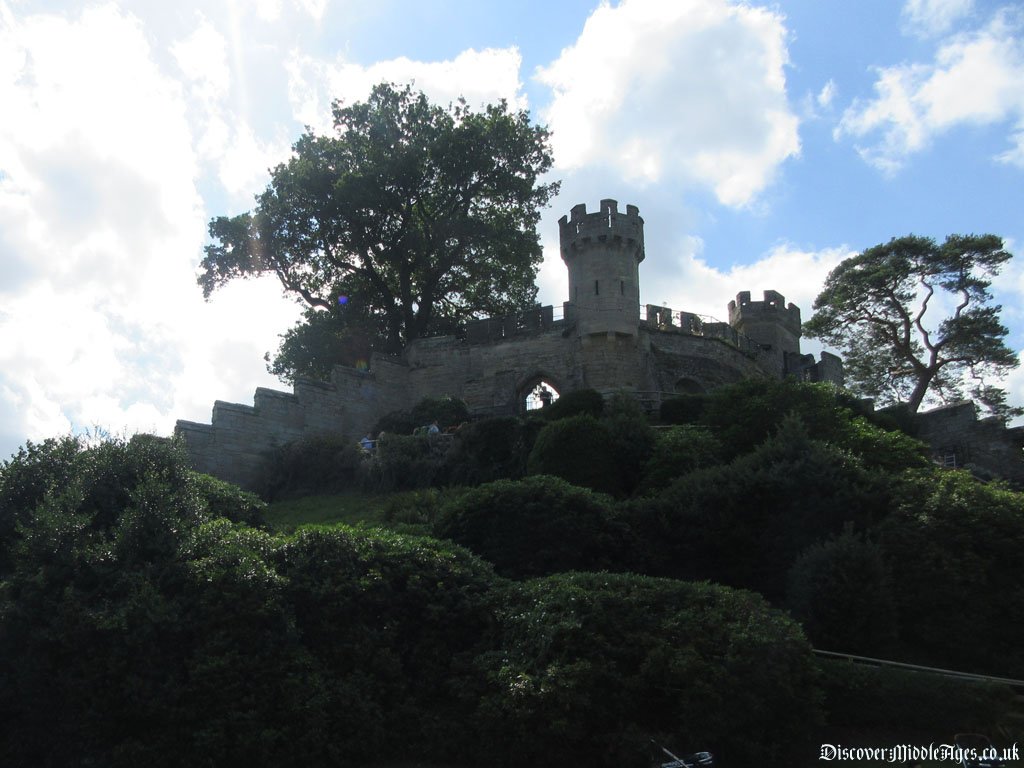
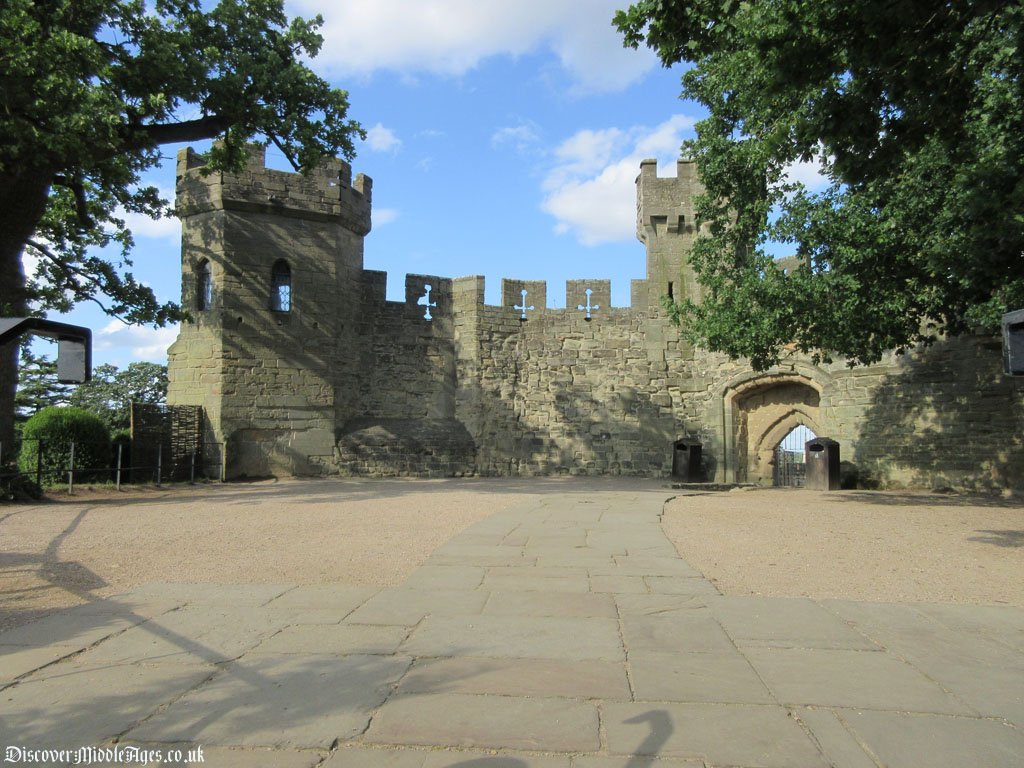
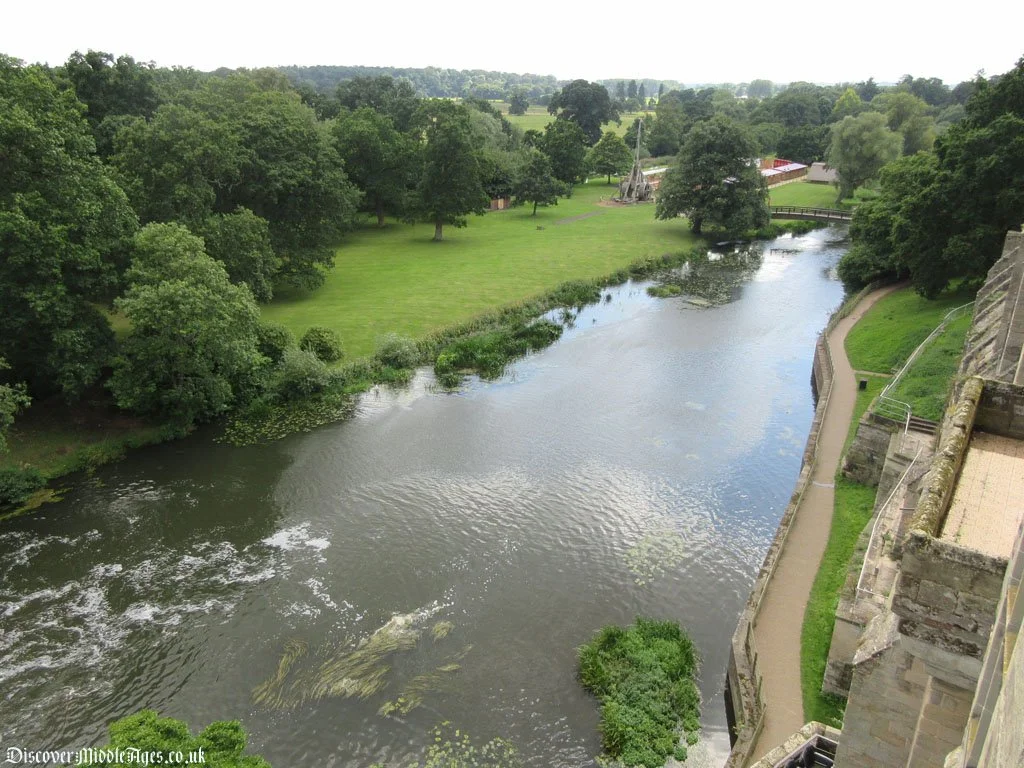
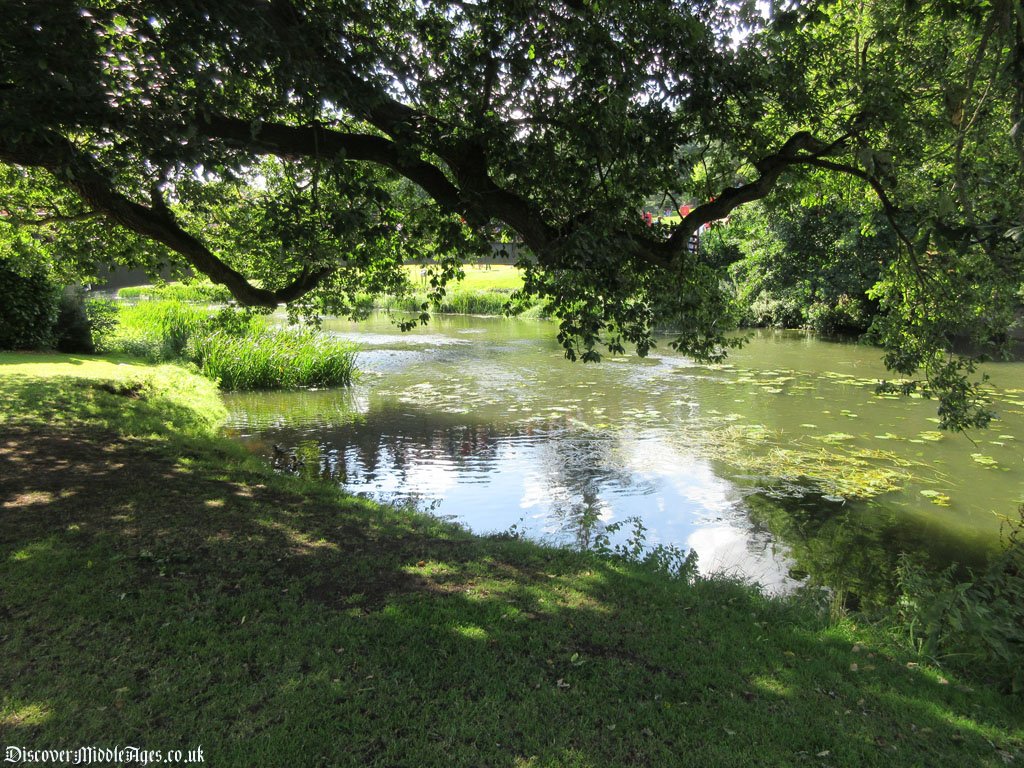
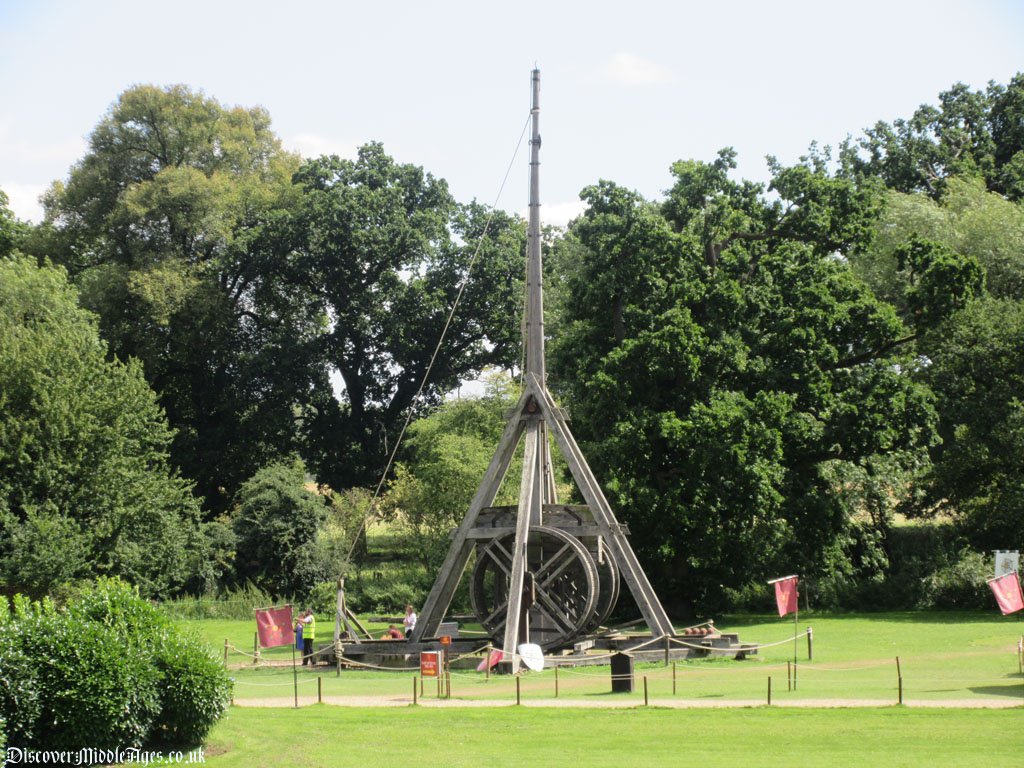
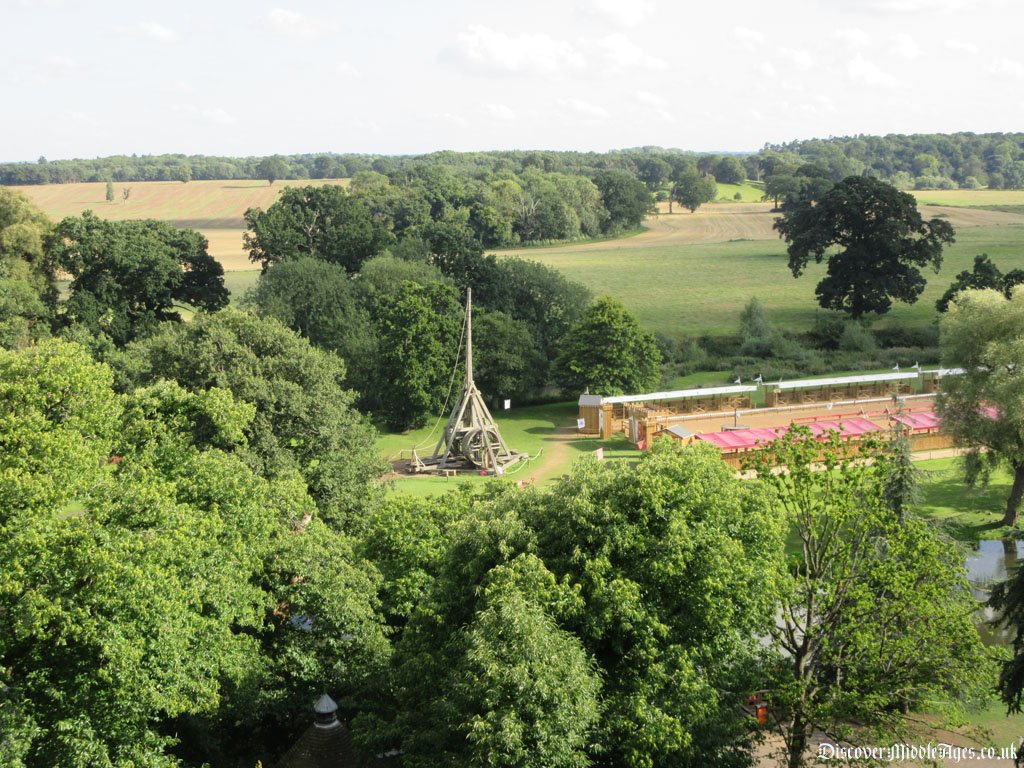
The Tudor dynasty allowed Warwick Castle to fall into ruin. Later in 1547, John Dudley became owner of Warwick after an appeal for it's ownership. Queen Elizabeth I visited in 1566 and again in 1572, during her tour of the country, despite the condition of the castle being less than perfect!
Then in 1604, Sir Fulke Greville was granted the castle by James I. Being a Parliamentarian, Greville faced a siege by royalists, but Warwick Castle withheld. The castle was later used to hold prisoners taken by the Parliamentarians.
Visiting Warwick Castle
Warwick Castle is run and managed by Merlin Entertainments. For details on opening times, facilities and refreshments please visit: https://www.warwick-castle.com/
Address: Warwick Castle, Warwick, Warwickshire, CV34 6AH
